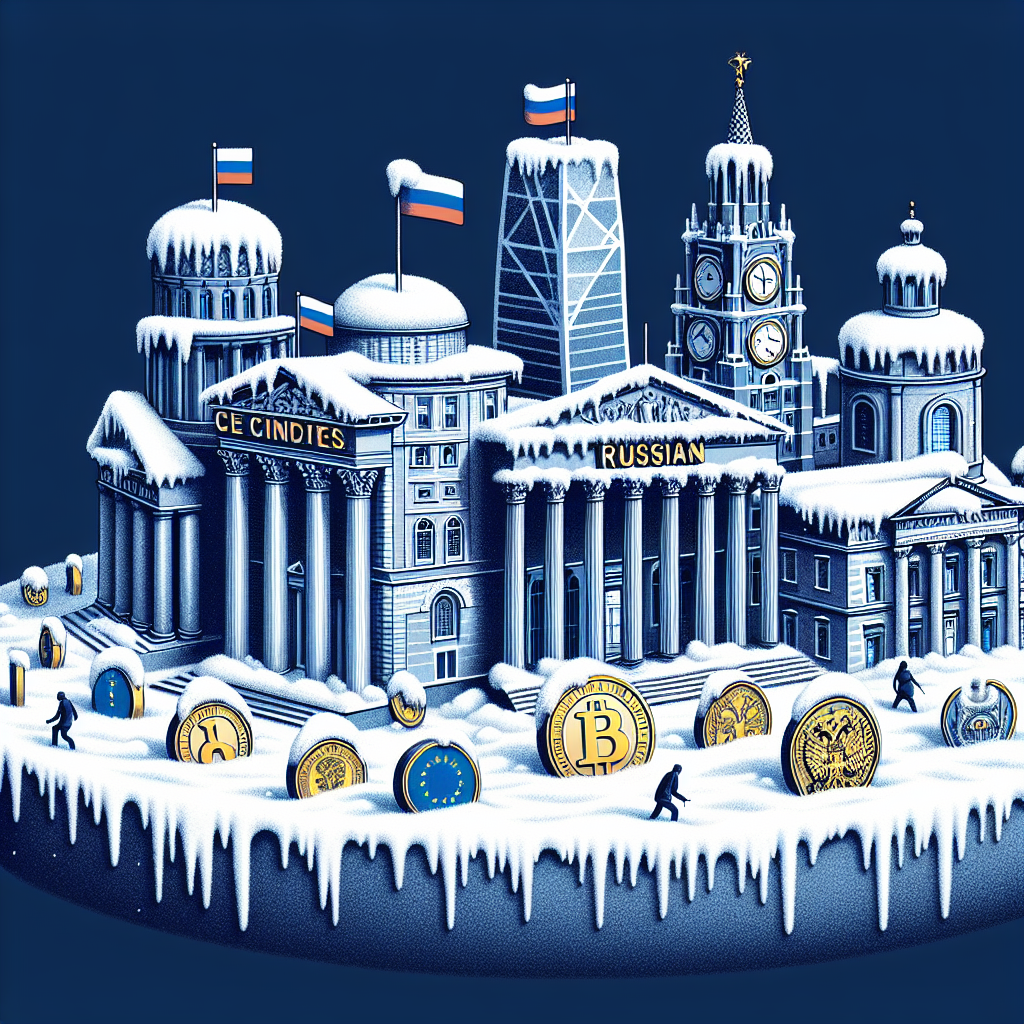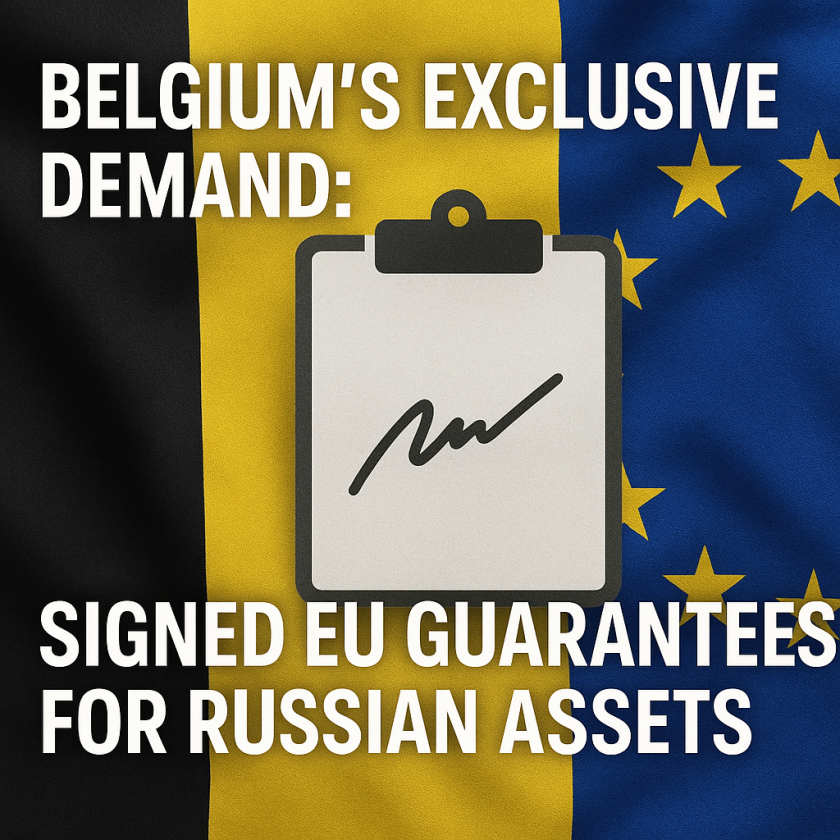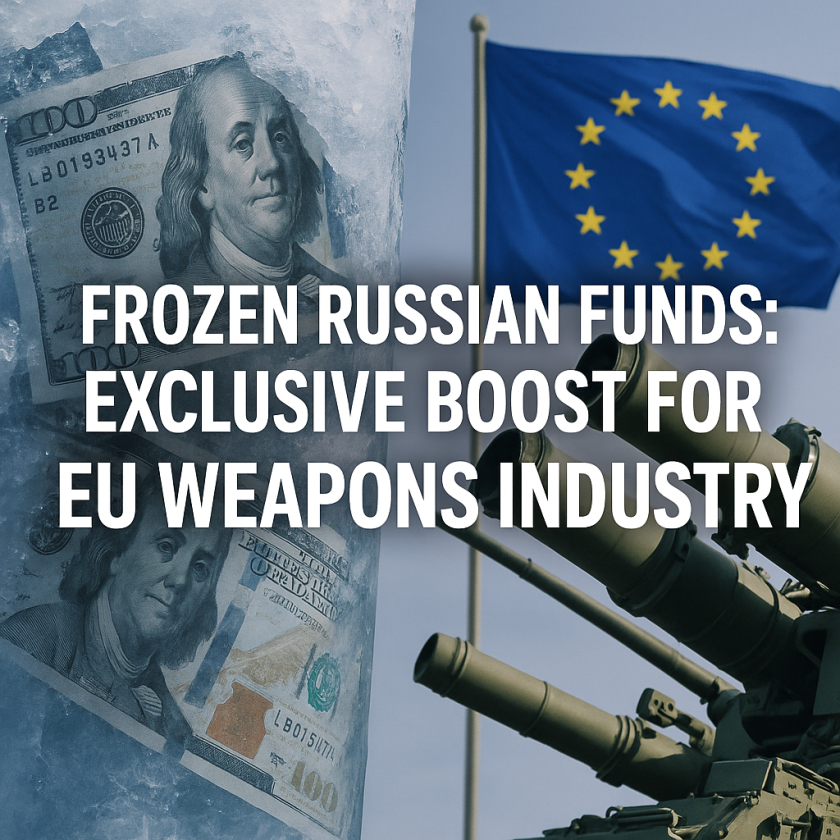Western European Nations Maintain Freeze on Russian Assets
Western European Nations Maintain Freeze on Russian Assets
Overview
In a continued effort to exert economic pressure on Russia, Western European nations have decided to maintain the freeze on Russian assets. This move is part of a broader strategy to respond to geopolitical tensions and ensure compliance with international sanctions.
Key Actions
- Extension of asset freezes on Russian individuals and entities.
- Coordination among European Union member states to ensure uniform enforcement.
- Regular reviews to assess the effectiveness and scope of the sanctions.
Objectives of the Asset Freeze
The primary goals of maintaining the freeze on Russian assets include:
- Deterring further aggressive actions by Russia in the region.
- Pressuring the Russian government to engage in diplomatic negotiations.
- Demonstrating solidarity among Western nations in upholding international law.
Challenges and Criticisms
While the asset freeze is a significant measure, it is not without its challenges and criticisms:
- Potential economic repercussions for European businesses with ties to Russia.
- Critics argue that sanctions may disproportionately affect ordinary Russian citizens.
- Concerns about the long-term effectiveness of sanctions in achieving political goals.
Conclusion
Western European nations remain steadfast in their decision to maintain the freeze on Russian assets, underscoring their commitment to international sanctions and geopolitical stability. While challenges persist, the coordinated effort aims to pressure Russia into compliance with international norms and foster a diplomatic resolution to ongoing tensions.








































